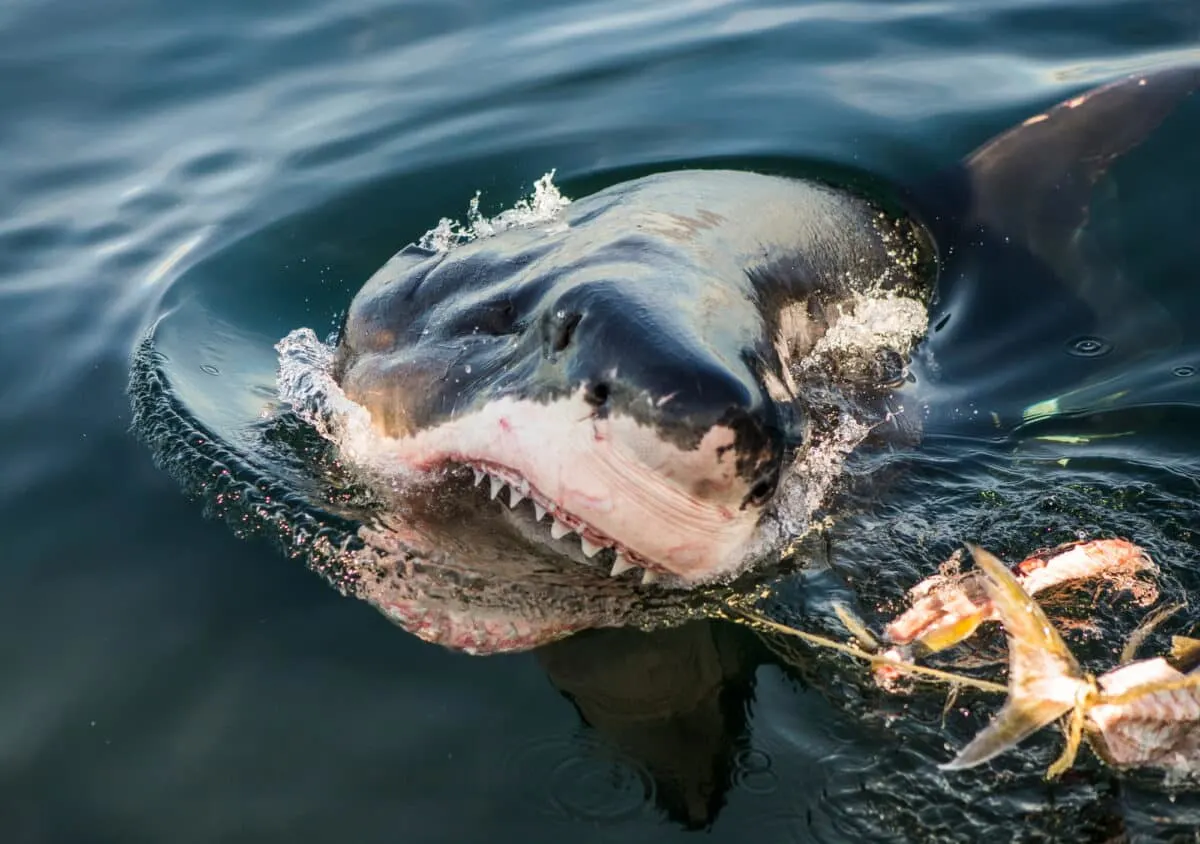When we think of oceanic predators, the great white shark is likely one animal that comes to mind. Its razor-sharp teeth and powerful jaws make even seasoned divers think twice before diving. However, there’s another shark species with an impressive set of predatory skills: the yet equally feared Bull shark.
All you need to know about these Sharks
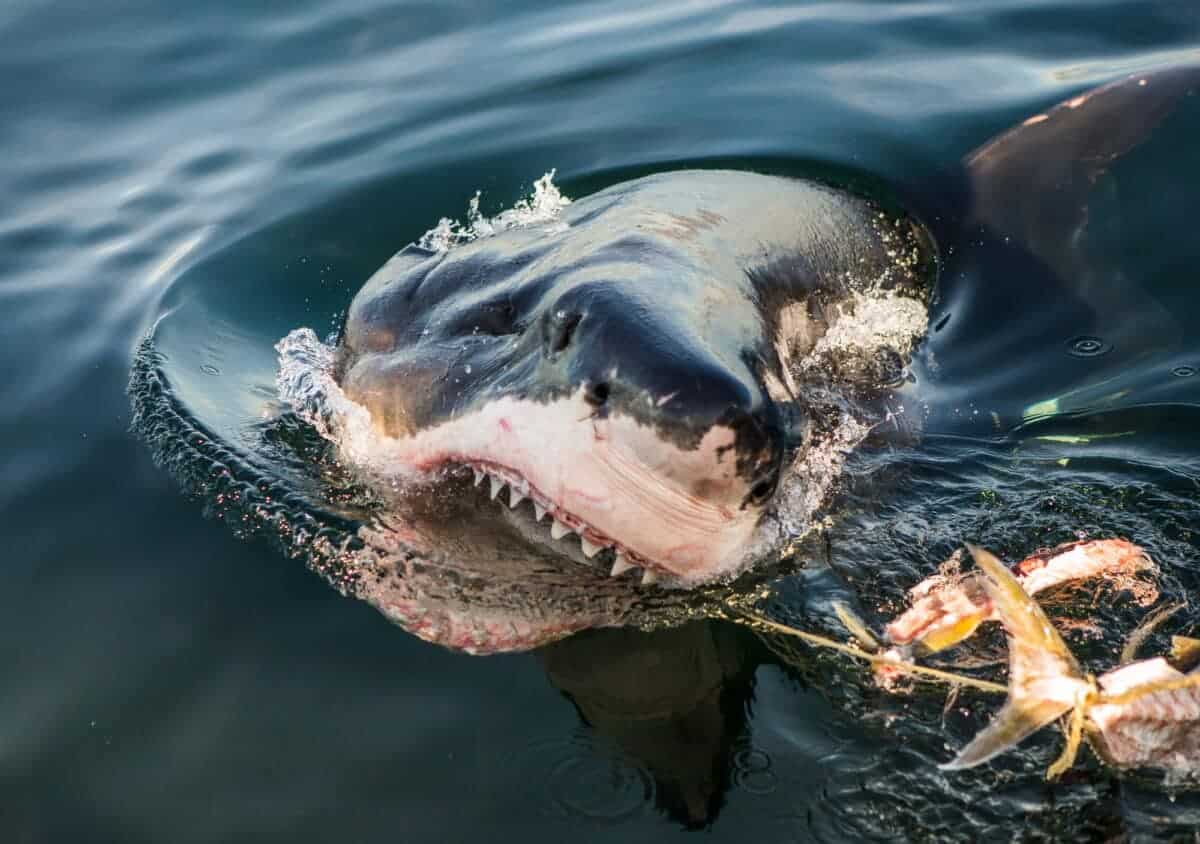
These sharks are apex predators but differ significantly. By comparing and contrasting these two sharks, we can better understand their unique features. As well as how they contribute to the ocean’s delicate ecosystem.
Jump ahead to any section below!
Comparison Table
| Features | Great White Shark | Bull Shark |
| Physical Appearance | Sleek and streamlined body | Stocky body with a broad snout |
| Size | Up to 20 feet (6.1 meters) | Up to 11 feet (3.4 meters) |
| Habitat | Calm and temperate waters | Coastal and freshwater habitats |
| Diet | Marine mammals, fish, sharks | A varied diet including fish, crustaceans, mammals |
| Feeding Habits | Specialized hunting, breach | Opportunistic, ambush tactics |
| Behavior | Aggressive, solitary | Aggressive, territorial, adaptable |
| Threats | Overfishing, bycatch, habitat loss, climate change, unsustainable shark tourism | Overfishing, bycatch, habitat loss, climate change, unsustainable shark tourism |
The Great White Shark
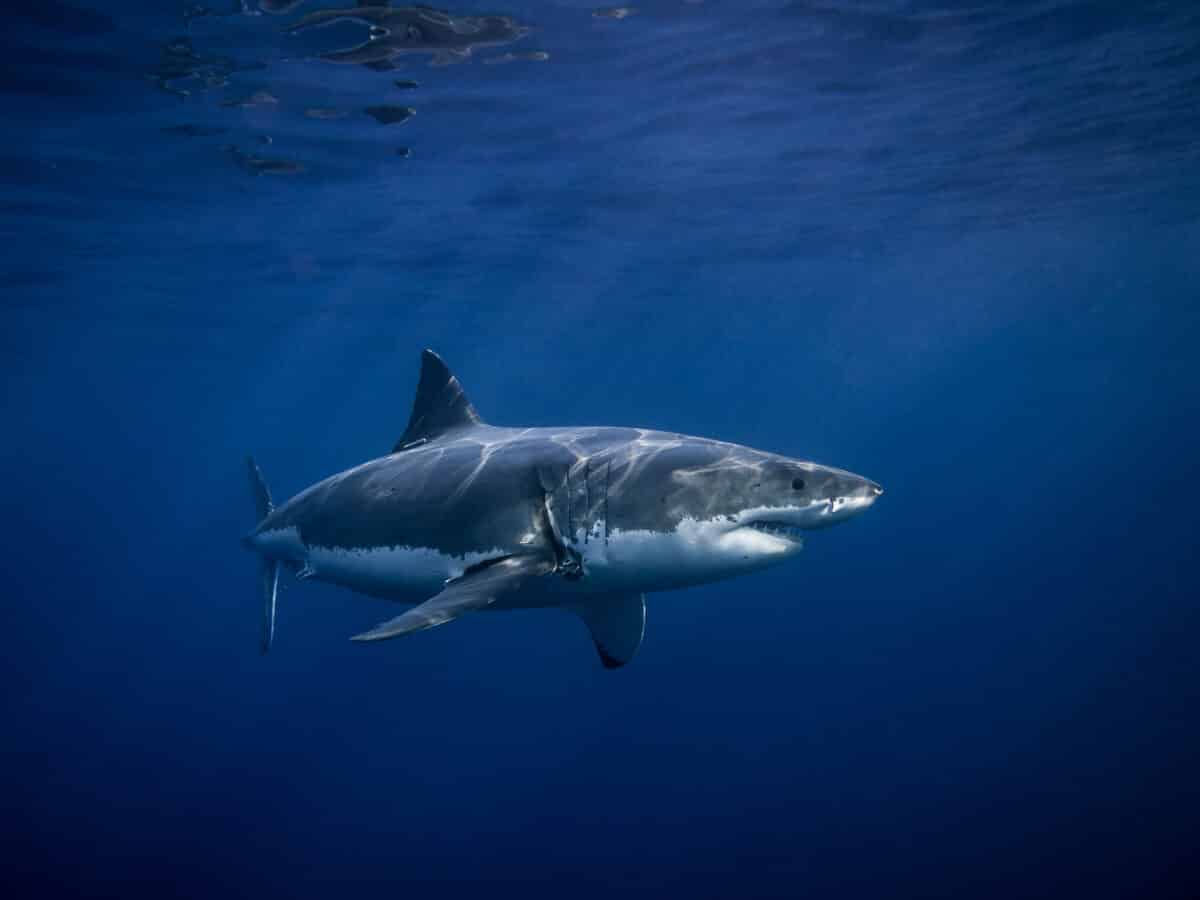
The Great White Sharks are one of the most recognizable apex predators in the ocean. These magnificent creatures are known for their powerful jaws and serrated teeth. Which can grow up to 2.5 inches in length. Their bodies are sleek and streamlined, allowing them to swim at incredible speeds of up to 35 miles per hour.
Great White Sharks are found in calm and temperate waters of the world’s oceans, typically near the coastline. They are known to be opportunistic feeders, preying on a wide range of animals. Such as fish, seals, dolphins, and even other sharks.
Check out: The Biggest Arctic Wolf Ever Recorded.
The Bull Shark
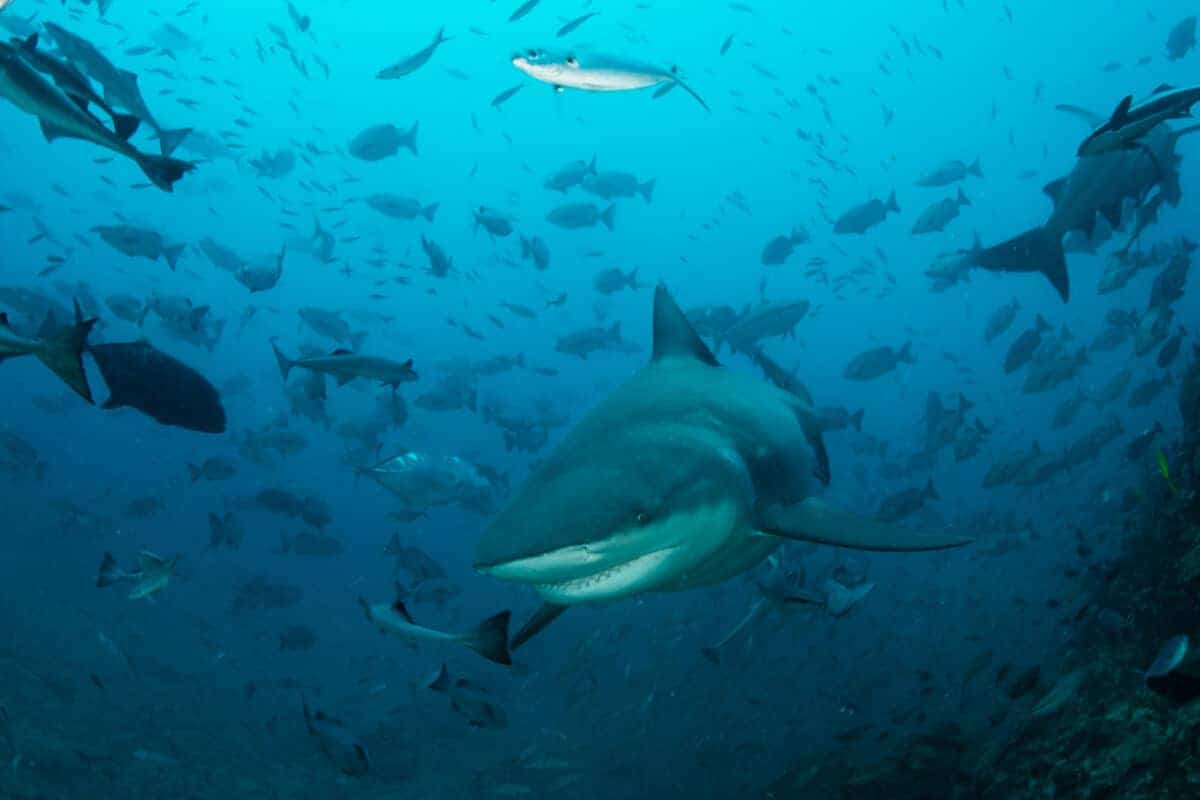
The Bull Shark is a more elusive species of shark that is often overlooked compared to the Great White Shark. However, they are as fascinating and formidable as their more well-known counterparts. They are known for their stocky bodies and short, broad snouts, which give them a distinct appearance. They are also known for their aggressive behavior towards humans, as they are responsible for many unprovoked shark attacks worldwide.
Importance Of Comparing The Two Sharks
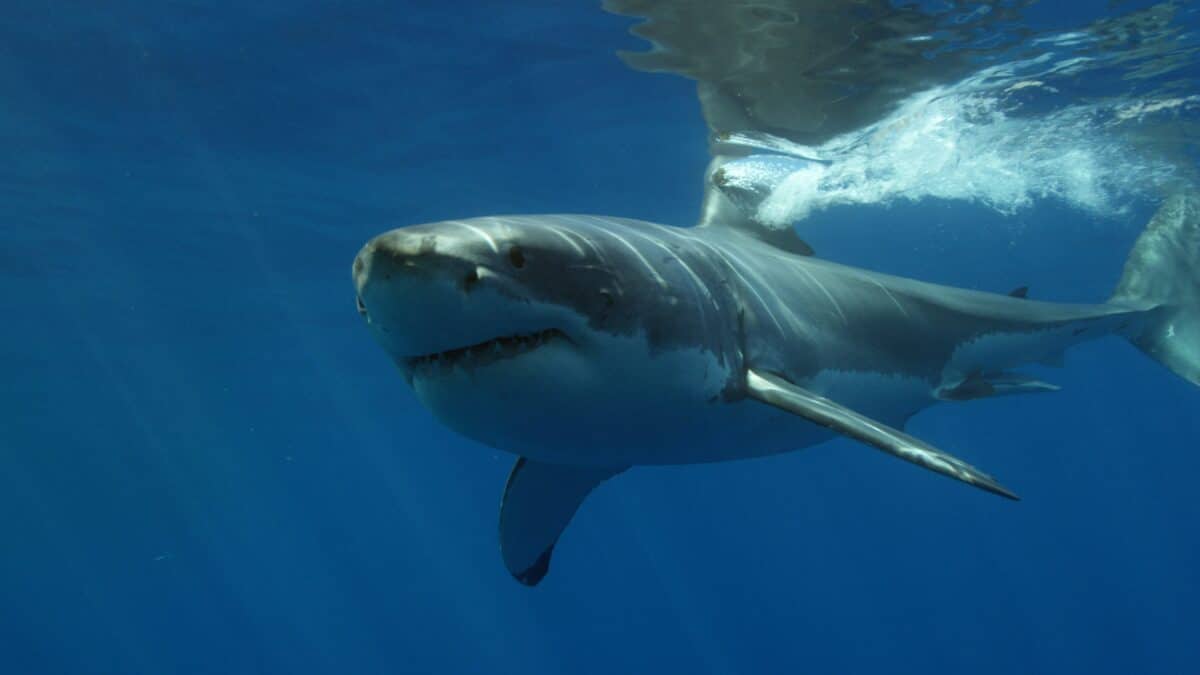
Comparing Great White Sharks and Bull Sharks is vital because it highlights the unique adaptations these sharks have developed to survive in their respective habitats. Additionally, by comparing these two species of sharks, we can better understand how different factors, such as environment, diet, and behavior, influence the evolution and survival of these fascinating creatures.
Differences In Diet And Feeding Habits
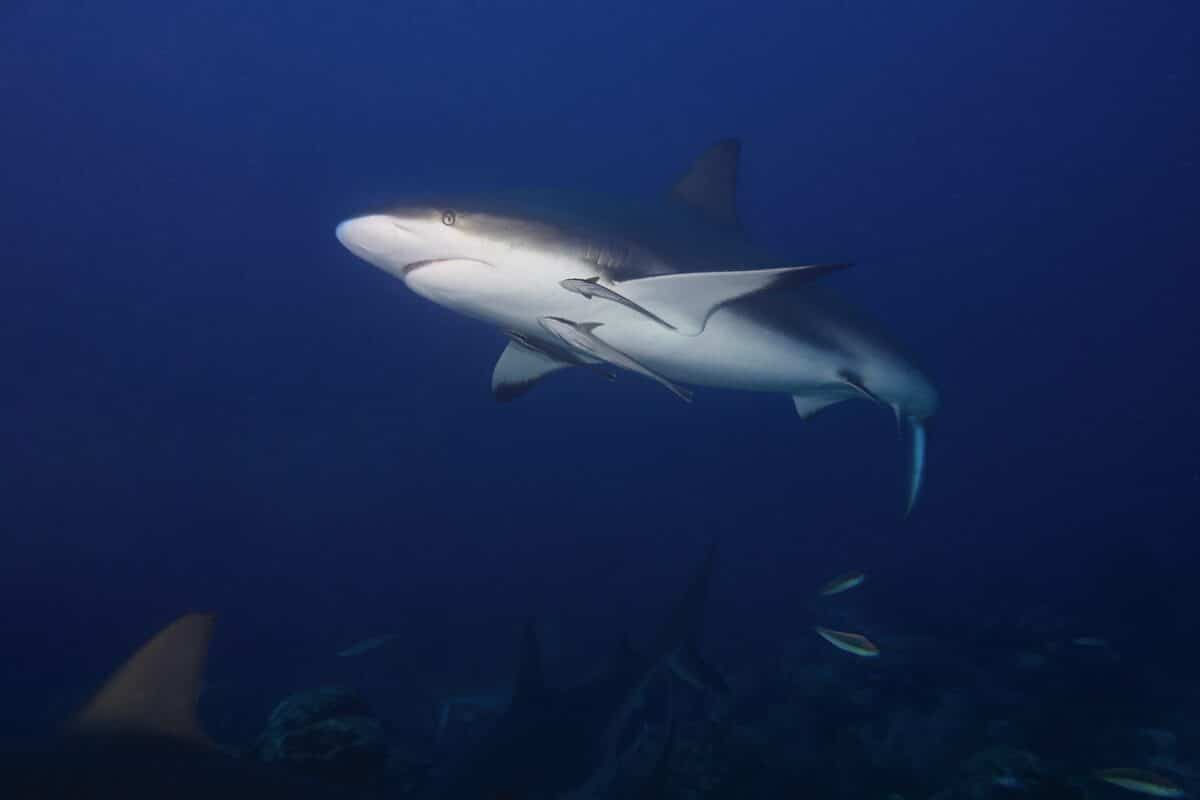
Great White Sharks and Bull Sharks are two of the ocean’s most fearsome predators. They are known for their impressive size, strength, and speed. Both are carnivores and have adapted to specialize in hunting prey in their respective habitats.
Check out: The World’s Largest Land Predator: The Polar Bear.
Diet
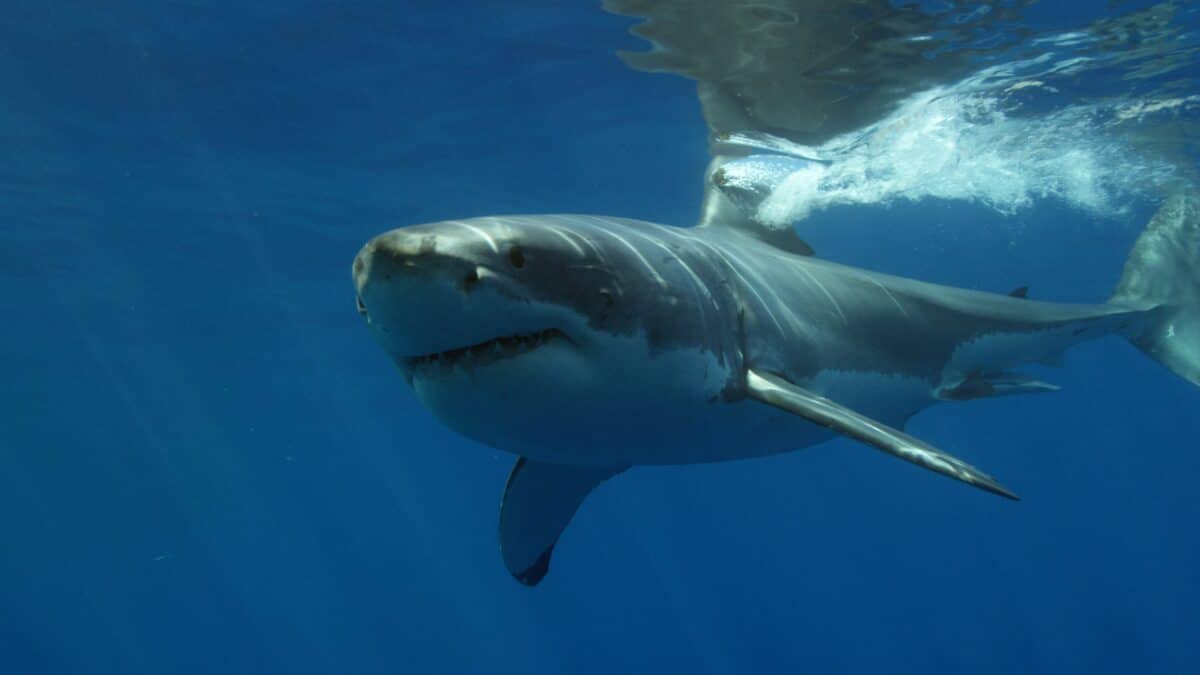
Great White Sharks primarily prey upon marine mammals such as seals, sea lions, and other fish species, including tuna and rays. It is also common for them to prey upon other sharks and even dolphins.
Bull Sharks, on the other hand, are opportunistic hunters that will eat just about anything they can catch. Their diet consists of various fish, crustaceans, other sharks, and mammals such as buffalo and deer that they may encounter in brackish waters.
In addition, Great White Sharks are apex predators that rely on their incredible speed, agility, and sensory acuity to catch prey. Their large size and sharp teeth allow them to take down large prey. They are also known for their famous “breach” hunting technique, where they leap out of the water to grab unsuspecting prey.
Bull Sharks, on the other hand, are notorious and often use their powerful jaws and sharp teeth to rip apart their prey and can take down a wide range of prey using ambush tactics.
Differences Between Their Feeding Habits
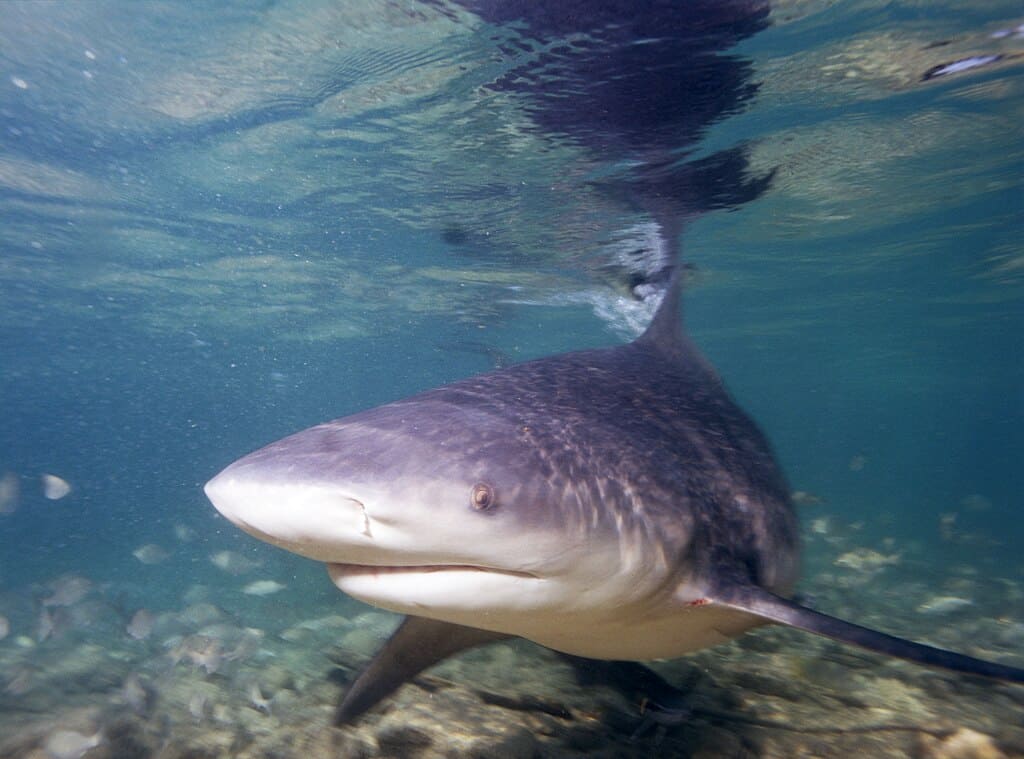
While both Great White Sharks and Bull Sharks are predatory carnivores, their feeding habits have some differences. Great White Sharks tend to have a more specialized diet, focusing primarily on marine mammals and specific fish species. They also prefer to hunt in deeper waters, where their prey is more abundant.
On the other hand, Bull Sharks are known for being opportunistic hunters that will eat almost anything they can catch. They are also adaptable to a broader range of habitats and will hunt in fresh and saltwater environments.
Check out: Great White Shark vs. Nile Crocodile.
Behavioral Patterns Of The Two Shark Species
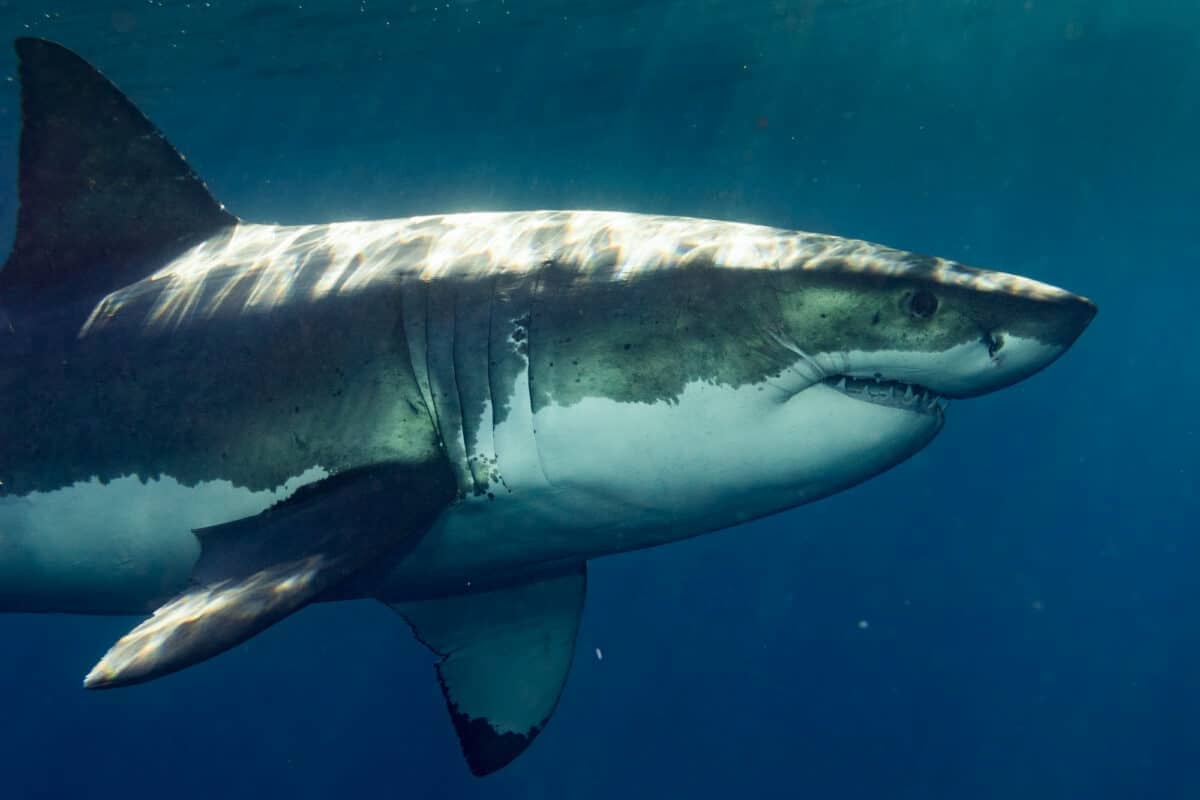
Great white sharks are known for their aggressive, solitary behavior. They use their keen senses to detect their prey from afar and then launch a surprise attack. On the other hand, bull sharks are known for their aggressive, territorial nature. They are opportunistic hunters and will eat almost anything that they come across. They are also unique in the fact that they can swim in freshwater, making them a serious threat to people in rivers and lakes.
Threats To Great White Sharks And Bull Sharks
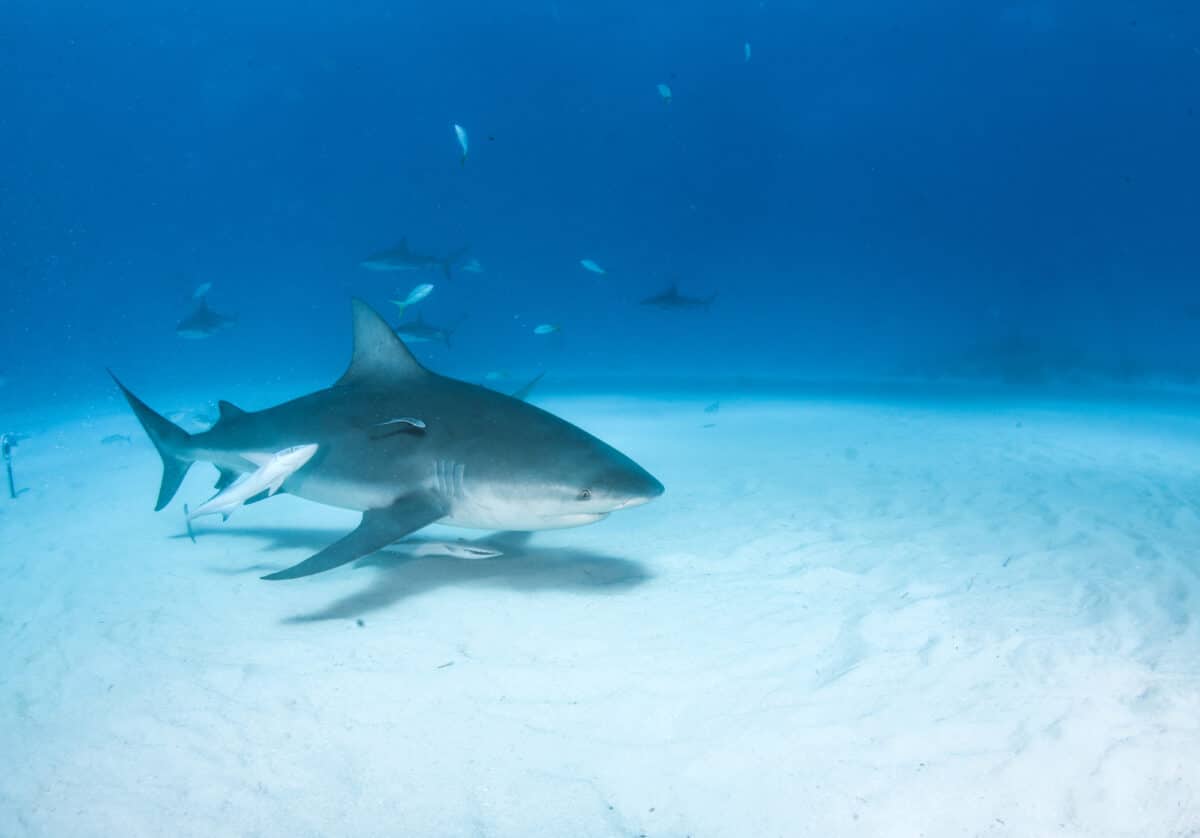
Despite being one of the world’s most iconic predators, Great White Sharks and Bull Sharks are facing a range of threats, including:
- Overfishing: Many shark species, including Great Whites, are caught by commercial fishing boats, and their populations have been significantly reduced.
- Bycatch: Sharks can be accidentally caught by fishing nets for other species.
- Habitat Loss: Human activities, such as coastal development and pollution, can impact the quality of habitats for these sharks.
- Climate Change: Changes in sea temperature and acidity due to climate change can disrupt the distribution and life cycles of many marine species, including sharks.
- Unsustainable Shark Tourism: Shark cages and baiting operations bring large numbers of tourists but, without proper management, can lead to the damaging of shark habitats and change their natural behaviors, threatening the sharks’ survival.
Conservation And Protection Efforts
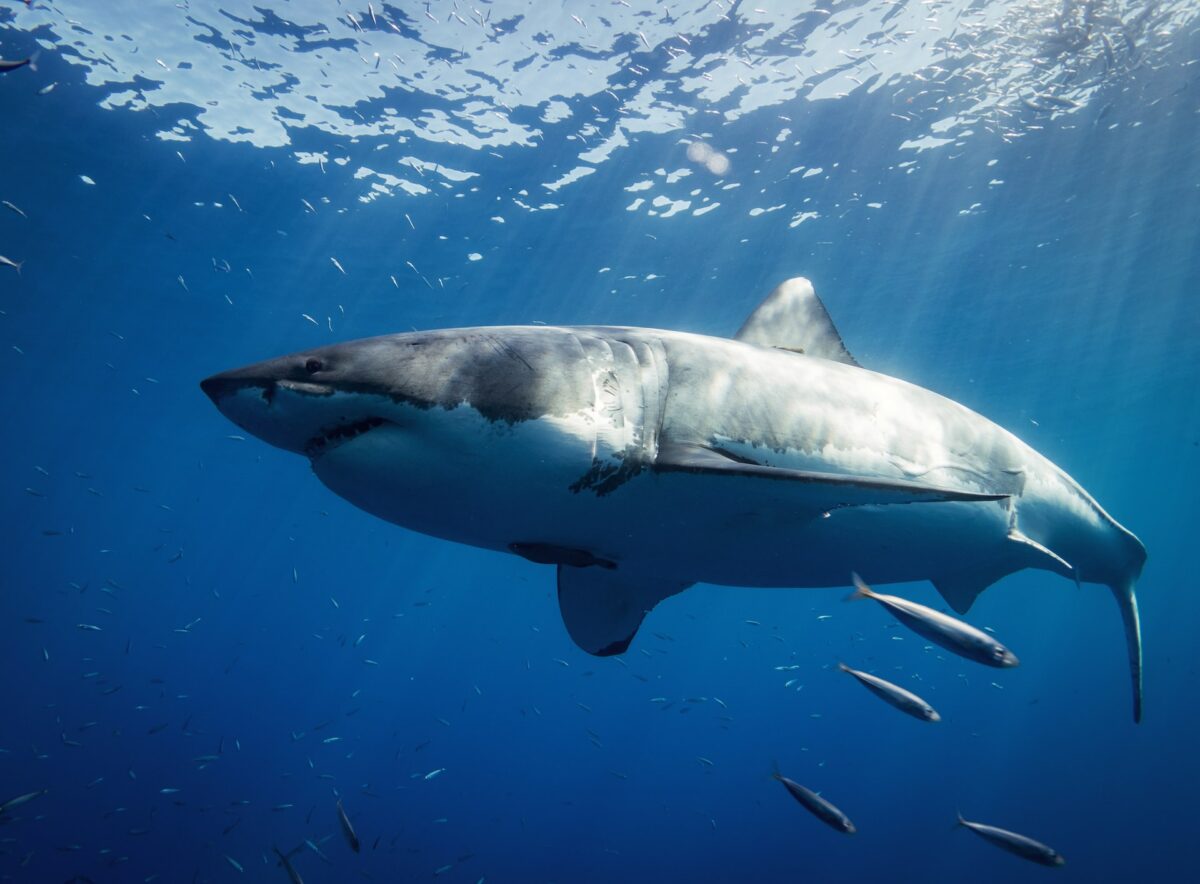
A range of conservation and protection efforts are being undertaken to prevent the further decline of Great White Sharks and Bull Sharks. These include:
- Marine Parks: These areas provide legal protection, ensuring that certain areas are reserved to protect sharks and other marine life.
- Regulating Shark Fishing: There are international regulations to reduce overfishing and ban shark fin trade in many countries.
- Research And Monitoring: Research on shark populations and behavior helps determine the success of conservation and management efforts and informs the creation of effective management.
- Educational Campaigns: Advocacy groups, major conservation organizations, and governments are providing educational materials to raise public awareness of the importance of shark conservation.
Differences In Their Vulnerability To Human Impact
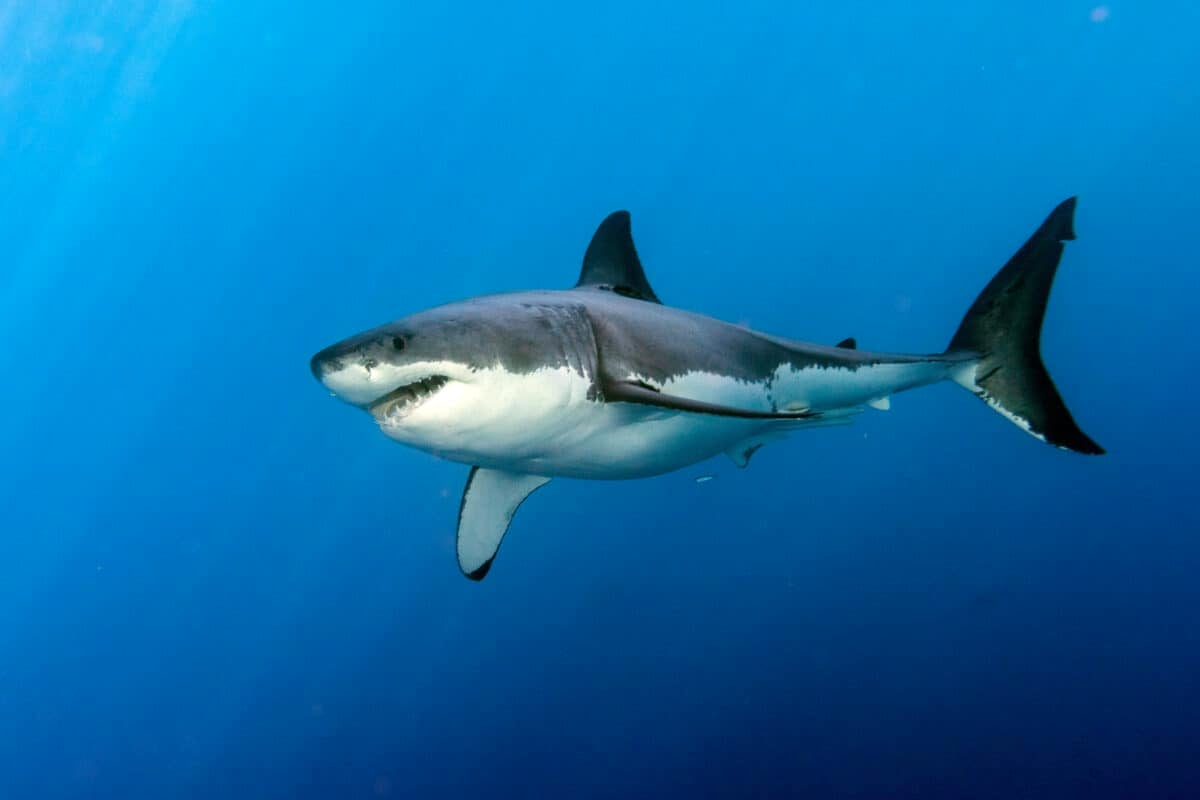
Great White Sharks and Bull Sharks share many ecological characteristics. Still, the two species significantly differ in their vulnerability to human impact. The following differences shed light on this:
- Habitat: Great White Sharks inhabit a range of habitats, including coastal and offshore waters, while Bull Sharks are often found in shallow waters, particularly around estuaries and river mouths. As a result, Bull Sharks are significantly more vulnerable to habitat destruction than Great White Sharks.
- Life History: Bull Sharks have a higher reproductive output and shorter reproductive cycle than Great White Sharks, which is an advantage in restoring their populations from overfishing.
- Population Distribution: Great White Sharks populations are more spread out worldwide than Bull Sharks populations that are relatively concentrated in specific areas. Therefore, Great White Sharks are more resilient to local population declines, but not when the whole species is impacted.
FAQs on these Sharks
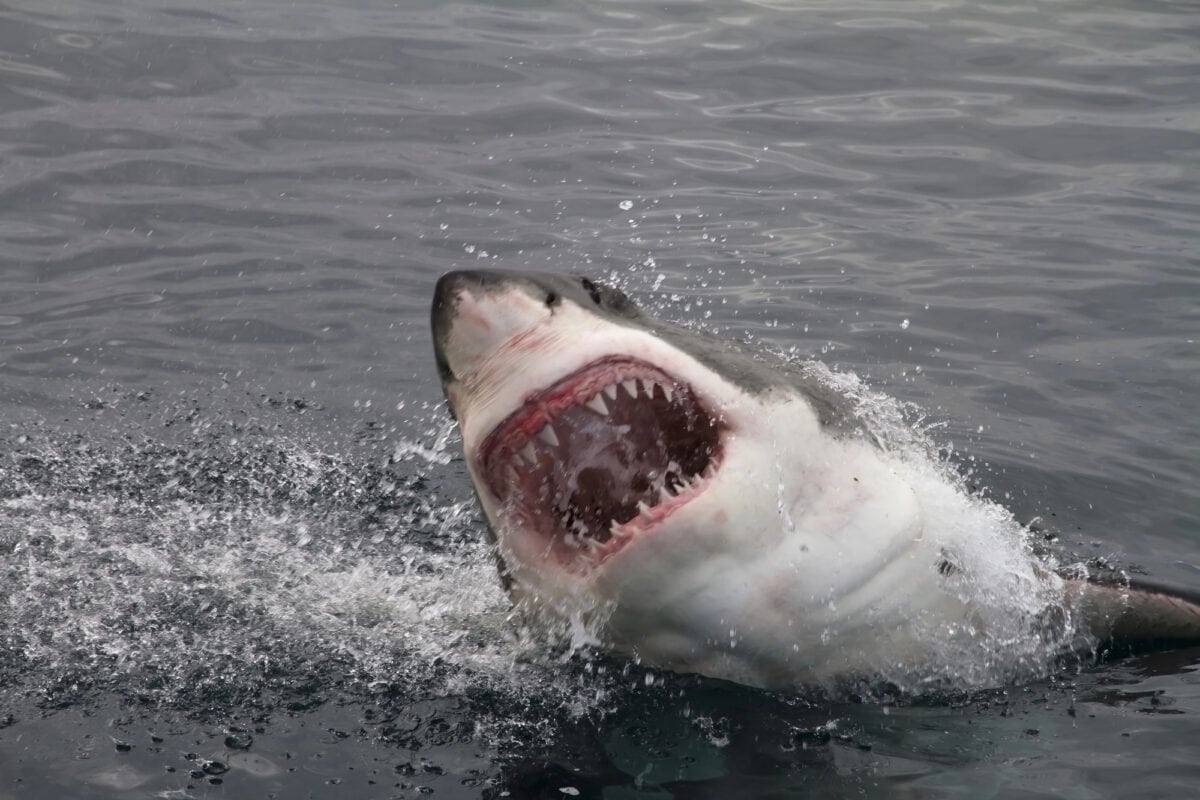
Both Great White Sharks and Bull Sharks are capable of inflicting harm to humans, and caution should be exercised when encountering any shark species.
Great White Sharks have a more specialized diet, primarily preying on marine mammals such as seals, sea lions, and other fish species like tuna and rays. Bull Sharks, on the other hand, are opportunistic hunters and have a varied diet.
Both Great White Sharks and Bull Sharks face similar threats, including overfishing, bycatch, habitat loss, climate change, and unsustainable shark tourism.
Key Points
| Great White Sharks primarily prey upon marine mammals such as seals, sea lions, and other fish species, including tuna and rays. |
| Bull Sharks, on the other hand, are opportunistic hunters that will eat just about anything they can catch. |
| Great white sharks are known for their aggressive, solitary behavior. |
| Great White Sharks inhabit a range of habitats, including coastal and offshore waters, while Bull Sharks are often found in shallow waters, particularly around estuaries and river mouths |
| Bull Sharks have a higher reproductive output and shorter reproductive cycle than Great White Sharks, which is an advantage in restoring their populations from overfishing. |
The Bottom Line
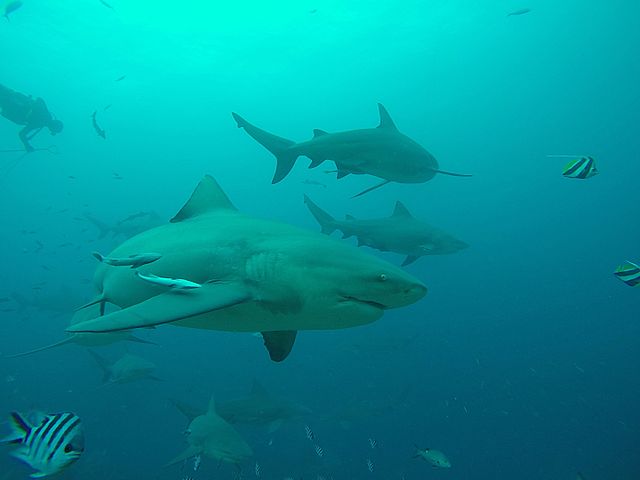
In conclusion, while Great White Sharks and Bull Sharks face similar threats, they also differ in vulnerability to human impact because of their distinct life history, habitat preference, and population distribution.
With various protective measures in place, we must recognize the importance of maintaining healthy shark populations in our oceans. Sharks are a critical component of ocean ecosystems, and their presence helps maintain the balance of marine life. Therefore, humans must strive to work together to protect and conserve these amazing creatures.
Thanks for reading along, if you enjoyed this article see below for more!
Next up:
- Baboons Unleashed: The Ultimate Guide To Their World
- Michael Phelps Vs. Dolphin: A Race For Aquatic Supremacy
- Gorilla Vs. African Forest Buffalo
- Unveiling the Mystique: Exploring Texas’s Mountain Lion Population
- The Underdog Fight: Dachshund Confronts A Mountain Lion
- Shark Encounter Shakes Atlantis Resort in the Bahamas
- Watch Starfish Walking on the Beach - April 24, 2024
- Watch Bison Stampede Around Bus in Yellowstone - April 24, 2024
- How to Survive a Tiger Attack - April 23, 2024

